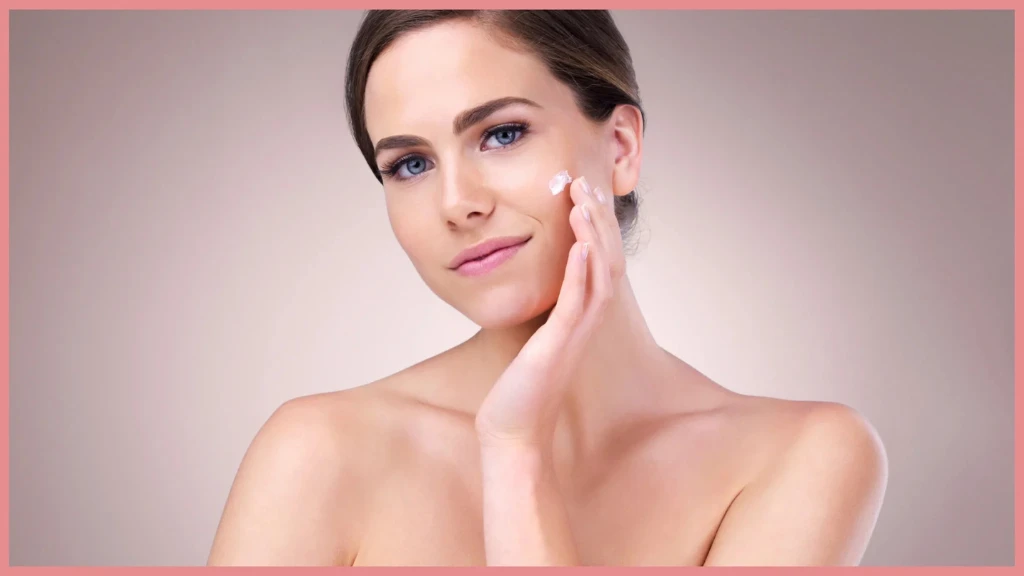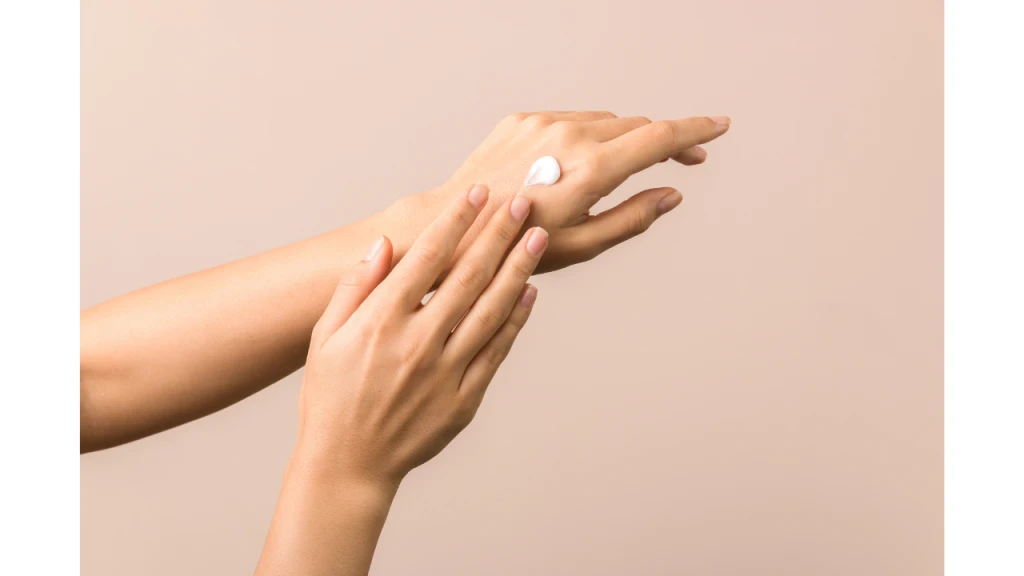How to Add New Skincare Products Safely

There's something about unboxing a brand-new serum or moisturizer, excited to see what's in store to help you solve your skin problems. It's such a bummer when you wake up the next morning with unexpected breakouts or redness.
Does that sound familiar? You’re not alone. I've learned my lesson by taking my time, and understanding the balance between excitement and caution when trying new products.
We all love to experiment and refresh our routines, but doing it the right way is essential to keep our skin happy. Otherwise, all your hard work can go right down the drain because you were in a rush.
Here are my tried-and-true tips for adding new skincare products safely and effectively.
Step-by-Step Guide: Safely Introducing New Skincare Products
Understanding Your Skin and the Product

Our skin is as unique as our fingerprints, and what works wonders for someone else may not have the same magic on you.
Adding new skincare products to your routine can be tricky if you don’t know how to layer and test them properly. You can also learn the correct order of applying skincare products and when to use serums for best absorption.
The first thing I had to do is learn my skin type and what my skin needs to flourish before I even think about adding anything new.
Know Your Skin Type
Before you pick up that next serum or cream, get a solid understanding of your skin. Here’s a quick guide:
- Dry Skin: If your skin feels tight or looks flaky, you’re likely on the dry side. It may feel like no matter how heavy the moisturizer you slather on, your skin always seems to thirst for more. Hang in there, your routine should focus on hydration. I recommend starting with a creamy cleanser, following up with a rich moisturizer, and always seal in that moisture with SPF. Not sealing is usually the culprit that keeps people from achieving the level of moisture they need.
- Oily Skin: If you’re dealing with shine and oil throughout the day, look for products that help balance sebum production. A foaming cleanser, oil-control toner, and lightweight, oil-free moisturizer are great picks. SPF is just as important for oily skin types, too.
- Acne-Prone Skin: For my folks who struggle with acne (trust me, I know the pain…been there, done that), your best friend is a cleanser with salicylic acid to keep your pores clear. Stick to a non-comedogenic moisturizer that won’t clog your pores, and don’t skip the SPF.
- Sensitive Skin: For sensitive skin, which is the particular problem that I have, the simpler, the better. A gentle, fragrance-free cleanser, soothing toner, and a mild moisturizer can do wonders. Always choose a fragrance-free SPF to avoid irritation.
Decoding the Ingredient List
Ingredients matter…a lot. Before applying anything on your face, scan the ingredient list for common irritants.
Fragrances, essential oils, sulfates, and certain alcohols can destroy your skin, especially if you're like me and your skin is just waiting to react to a new substance.
Use resources like the Environmental Working Group’s (EWG) Skin Deep database to check out ingredient safety. Remember, not every “clean beauty” product is automatically safe for your skin.
Patch Testing

Ugh, this is the worst part of changing up your routine. You fall in love with a product because you saw someone on Instagram, YouTube, or TikTok use it, and after scouring the comments, you know just where to find it.
You purchase it and wait anxiously to give it a shot, either when it arrives in a package, or as soon as you get home from the store. Slow down, you can't be ready to risk it all; do a patch test first. It might feel tedious, but this little step can save you a lot of time and headaches.
How to Patch Test
- Pick an area: Dab a small amount of the product on a less-visible spot, like your inner arm or behind your ear.
- Wait it out: Ideally, leave it on for 24-48 hours. If you have sensitive skin, consider extending to 72 hours.
- Check for reactions: Look out for redness, itching, or any other signs of irritation.
Interpreting Results
After patch testing, understanding your skin’s response is important for deciding whether a new product is right for you. Here’s how I learned to make sense of the results:
- Positive Reaction (Safe To Proceed): If there’s no visible change—no redness, itching, burning, or bumps—this generally means your skin is reacting well. You’re likely safe to introduce this product into your routine, following the gradual steps we discussed earlier.
- Negative Reaction (Signs of Irritation): If you notice redness, itching, or mild tingling, it could mean the product is too strong or has ingredients that aren’t compatible with your skin. Mild reactions like these may improve with limited use, so consider starting with a lower frequency (once a week) or even testing a similar product with gentler ingredients.
- Severe Reaction (Stop Using Immediately): If you experience more intense reactions—burning, swelling, or small red bumps—it’s a sign your skin is rejecting the product. In this case, it’s best to wash off the product immediately, soothe the area with a calming moisturizer, and avoid using it again. If irritation persists, consider consulting a dermatologist for guidance on how to recover
Gradual Introduction for Happy Skin
One of the golden rules I follow is the "one at a time" rule.
By introducing only one new product every few weeks, you can monitor its effects and identify any culprits if your skin starts acting up.
Spacing it Out
Try to space out new products by at least two weeks, if not a full month, especially when introducing active ingredients like retinol or acids. Start with products that are known to be gentle. A sample schedule might look like this:
- Week 1: Use the new product twice.
- Week 2: Increase to every other day.
- Week 3: Aim for daily use, but keep an eye on any irritation.
This slower approach helps prevent overloading your skin and gives you time to adjust.
Monitoring and Adjusting
As you add new products, keep an eye on your skin’s response to ensure everything is going smoothly.
Pay Attention
It’s crucial to observe your skin for any changes—good or bad. Look out for any signs of improvement or early signs of irritation, such as redness or dryness, which can signal your skin’s compatibility (or lack thereof) with a new product.
Document Your Journey
Keeping a skincare journal can be incredibly helpful, especially if you’re introducing multiple products over time.
Track each new product’s start date, application frequency, and any changes you notice in your skin’s texture, tone, or appearance.
Not only does this help you remember what works best, it also highlights any specific ingredients your skin may not love.
Troubleshooting Minor Reactions
If you experience minor irritation, such as redness, itching, or mild dryness, don’t worry—this can be a normal adjustment phase, especially with actives like retinoids. Here are some tips:
- Use a Calming Moisturizer: Products with ingredients like ceramides or aloe vera can help soothe your skin.
- Try a Gentle Serum: Look for calming serums with ingredients like niacinamide or hyaluronic acid to provide hydration without aggravating your skin.
It’s also helpful to distinguish between normal adjustment reactions, like mild flaking or tightness, and more concerning symptoms, such as rashes or hives.
Mild dryness and flaking may lessen over time, but adverse reactions indicate that the product might not be suitable for your skin.
When To Seek Professional Help
If you experience severe or persistent reactions—such as intense redness, painful bumps, or prolonged sensitivity—consult a dermatologist.
They can help you pinpoint which ingredient might be causing the issue and suggest alternatives or treatments to calm and repair your skin.
Product Application Order & Your Skincare Goals
Once you’re clear about your skin type and goals, the next step is to understand product order.
Applying products in the right order helps with penetration and ensures your skin absorbs each layer effectively.
The Basic 7-Step Skincare Routine
- Cleanser: Start with a clean base
- Toner: This can help balance pH
- Serum: For targeted treatments like hydration or anti-aging
- Eye Cream: Tackle those under-eye concerns
- Spot Treatment: Only where needed
- Moisturizer: Locks in hydration
- Sunscreen: Essential every morning
Setting Skincare Goals
Whether it’s anti-aging, acne control, or boosting hydration, define what you want from your routine. Every new addition should bring you closer to these goals.
Active Ingredients, Sun Protection, and Lifestyle
Introducing actives like retinol or acids requires extra care. Start slowly, just a couple of times a week, and use SPF daily to shield against increased sun sensitivity.
Depending on your skin type, there are sunscreens made just for you—from lightweight gels for oily skin to rich, moisturizing formulas for drier types.
Other lifestyle factors, like stress or climate, can impact your skin, too. Adjust your routine when needed to keep your skin balanced.
Patience and Consistency
Skincare isn’t a sprint. The skin’s renewal cycle is typically 21-28 days, so give your skin time to respond.
Consistency is key—don’t expect miracles overnight, but trust the process. The real results come with sticking to a routine that supports your skin’s long-term health.
Conclusion
Trying out new skincare can be both fun and beneficial when done thoughtfully. Remember to go slow, listen to your skin, and don’t hesitate to reach out to a pro if needed. Here’s to happy, glowing skin!



